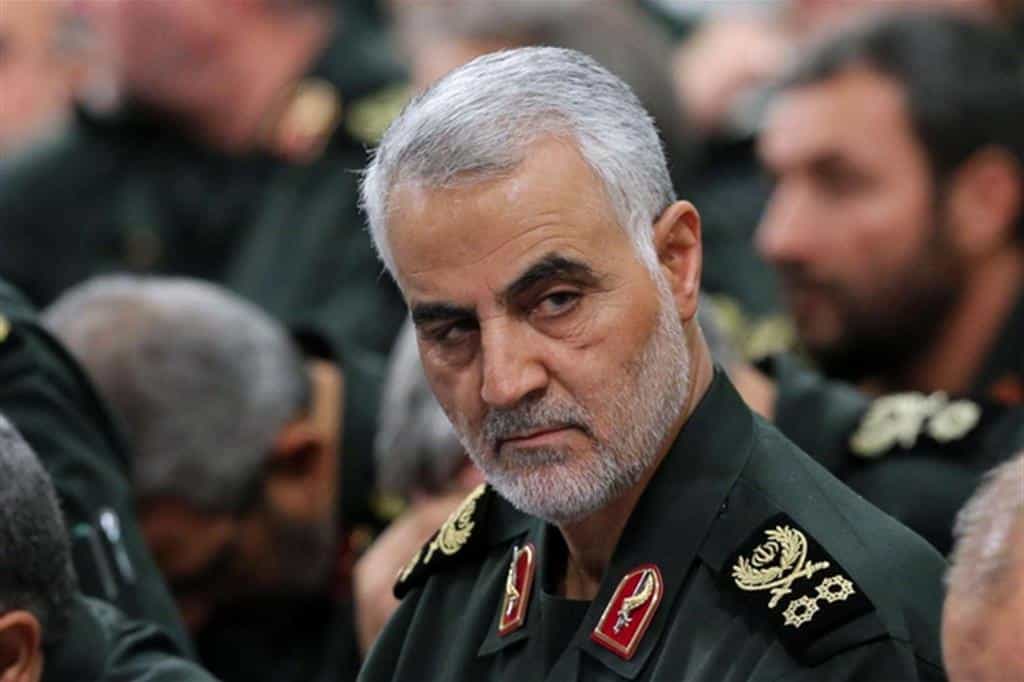The drone strike that killed Iranian Revolutionary Guard Corps Quds Force Commander Major General Qasem Soleimani and four other senior Iranian officers has sparked the ire of Iran's supreme leader and other members of the military. Iranian leadership.
The incandescent situation produced by the killing of Soleimani is partly the result of a climate of retaliation that has lasted for months.
Now the scenario is really complicated: strong protests and Iranian anger raise concerns about both physical and electronic attacks by Iran against US and other targets.
The action of the United States
A Department of Defense spokesperson stated about the attack: “At the President's direction, the U.S. military took decisive defensive actions to protect American personnel overseas by killing General Qasem Soleimani. The General was actively developing plans to attack American diplomats and service members in Iraq and throughout the region.”
According to reports from local sources, the attack launched in Baghdad would have killed Abu Mahdi al-Muhandis, the leader of the Iraqi Kata'ib Hezbollah militia and deputy head of the Popular Mobilization Forces, the militia group convened to fight the Islamic State.
The reaction in Iraq and Iran
Iraqi government officials, including Prime Minister Adel Abdul-Mahdi, expressed outrage at the attack. The official spokesperson for the Iraqi Ministry of Defense said in a post on Twitter that he was mourning al-Muhandis, "martyred yesterday following an attack by American planes near Baghdad international airport."
A report by Al Arabiya claims that Soleimani was killed by a Hellfire R9X missile, but given the scene of the explosion this seems unlikely. Whatever the weapon of the attack, Soleimani guided much of Iran's foreign policy, fought against ISIS and reported directly to Iran's supreme leader, Ayatollah Ali Khamenei.
The Times included him last year in the top 100 most influential men on the planet: Soleimani was, in fact, the possible new Iranian leader.
What possible answers?
Iranian options for a response to the United States depend on how much the Iranian leadership will want to raise tension.
On the most immediate level, Iran has already demonstrated its desire and ability to launch cyberattacks against U.S. companies.
Microsoft reported in October that Iranian hackers had also targeted the American presidential campaign.
In December, IBM X-Force reported on the discovery of a new variant of Iranian malware in action against trading companies in the Gulf States.
The attack was associated with the Iranian hacker group “Oilrig” (also known as APT 34). Another group, APT 33, has targeted industrial control systems in the United States, with a series of attacks against manufacturers, industrial equipment suppliers and other companies. Other attacks have focused on U.S. energy companies.
The spectrum of possible Iranian retaliation for Soleimani's killing is truly broad, and contributes to the climate of destabilization:
- Terrorist attacks against Americans and US interests in Iraq and the Middle East;
- Offensive operations on Saudi oil and other critical infrastructures (physical and cybernetic).
- Drone attacks to target American personnel in Iraq or launch the same types of attacks that have affected hundreds of lives of the U.S. military over the past two decades, with improvised explosive devices, missile strikes or attacks inside training facilities.
- Possible closure of the Strait of Hormuz to the traffic of tankers and attack of shipments with drones.
- Attack on Saudi oil structures with drones.
The answer is likely to be one of these things or a combination of them.
Meanwhile, the United States faces the prospect of having its forces expelled from Iraq. The Iraqi parliament will see this as a second violation of national sovereignty, and could also remove access to US intelligence on activities in Iran and Syria.


